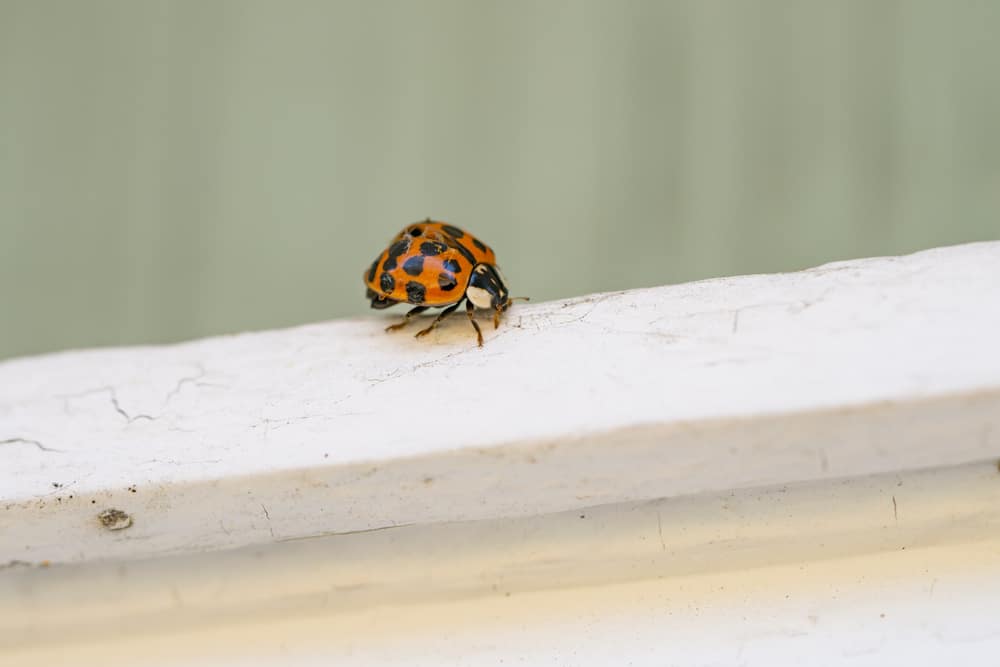Massachusetts is home to thousands of bug species and some of these species will migrate indoors when they are looking for food or shelter. What should you do when this happens? Should you just let them be, capture them alive and replace them somewhere outdoors away from your home, or do you need to eliminate them?
Knowing the most common house bugs in Massachusetts is the first step in answering the question. The next is taking the appropriate steps to get rid of the bugs and prevent more from coming in.
Continue reading as we share a list of common house bugs in Massachusetts and how to deal with them.
Common Massachusetts House Bugs
With thousands of bugs around it is no wonder you will sometimes find bugs in your home. While a singular bug, such as a lost bee, is harmless, with some species one bug can easily lead to an infestation. Below you will find details of the most common pests and further in the article, some advice on dealing with each type of bug.
1. Ants
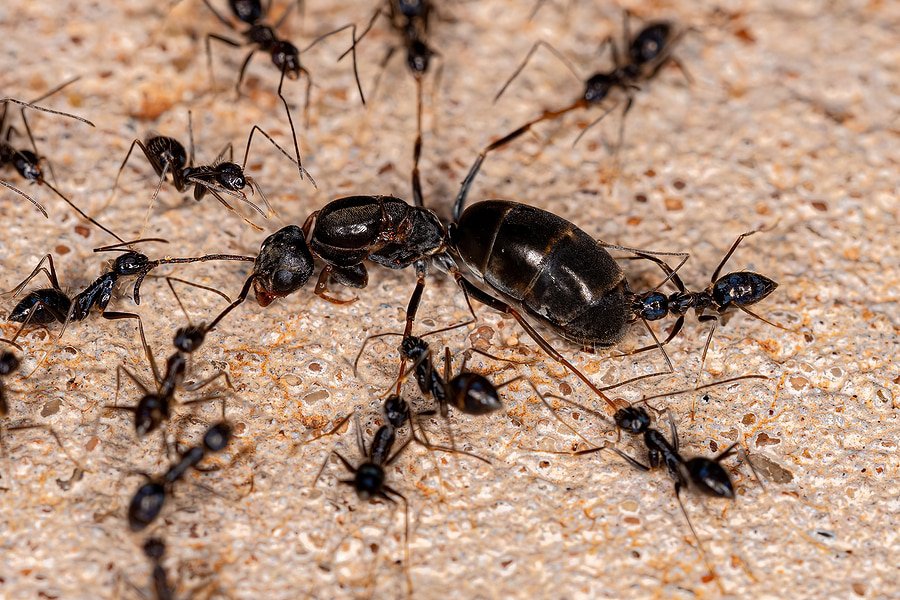
Image Credit: wagnerpest
Ants are the most common pest in the United States not just in Massachusetts. There are several ant species living in Massachusetts and they come in various colors and sizes ranging from small 1/16-inch long to 1-inch long. Common colors include brown, red, and black.
Many Massachusetts ant species are harmless but some can cause structural damage. The carpenter ant is an example of a destructive ant species. Others, like the pavement ants, can bite or sting but although their bites can be painful, they are not dangerous. However, ants can spread diseases and leave your food unsafe for your consumption.
2. Asian Lady Beetles
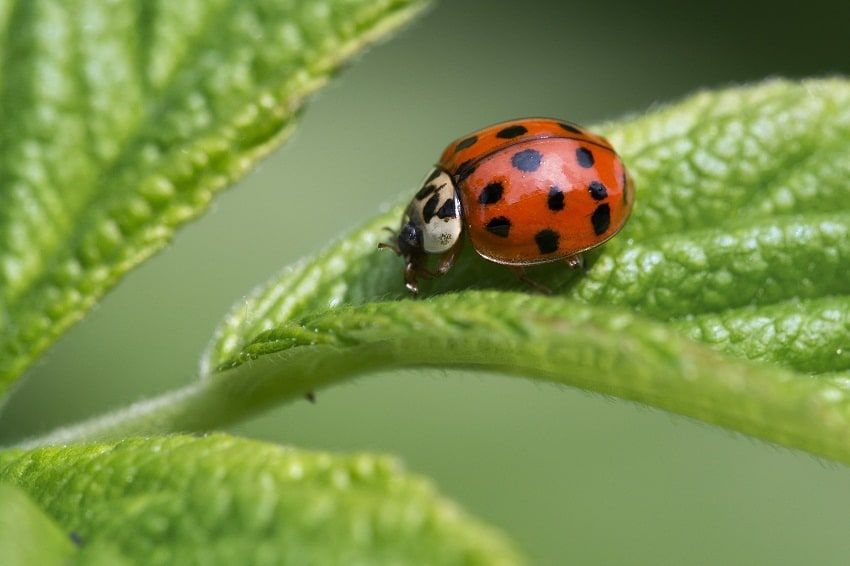
Image Credit: animalspot
Asian lady beetles are used in the US as a natural way to control the spread of plant pests but sometimes the beetles themselves can become a nuisance. You can tell them apart from ladybugs by the M shape between the thorax and the head.
Though these beetles can sometimes become a nuisance if their population grows out of control, they are not dangerous to humans or pets. They don’t cause any structural damage in your home since they don’t breed or feed indoors. However, they can leave stains on your furniture and upholstery with their secretions.
3. Bed Bugs
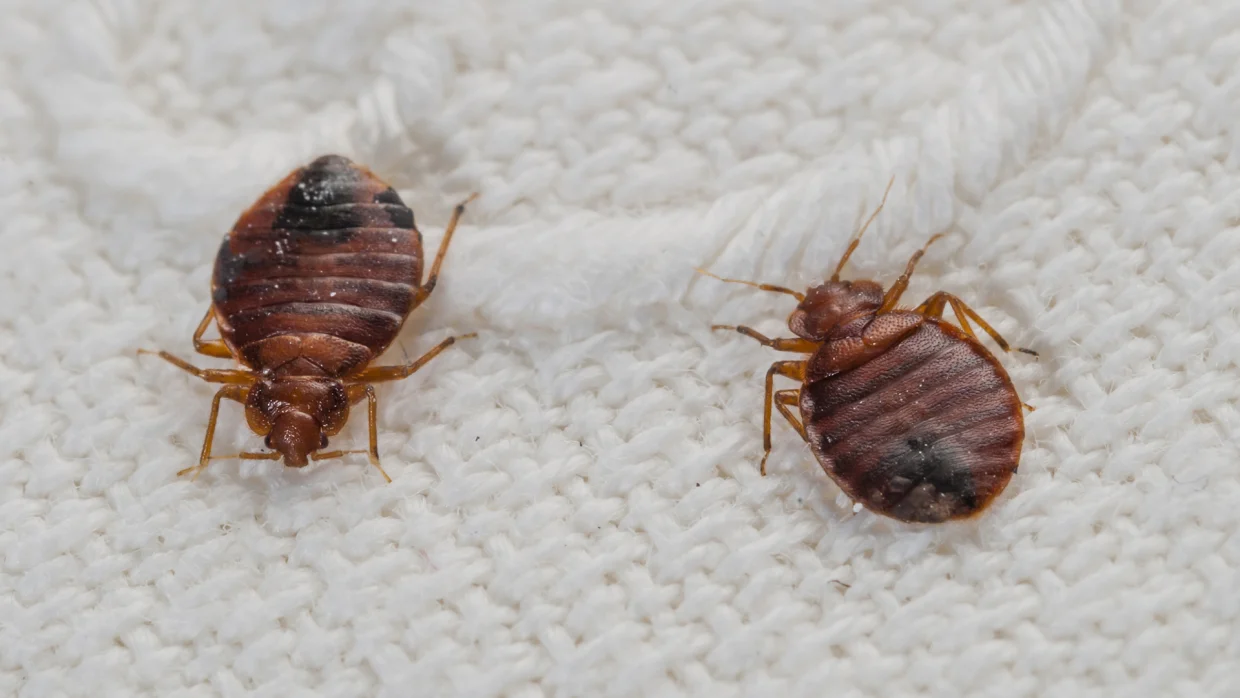
Image Credit: today
Adult bed bugs are about 5-7 mm long blood-sucking insects that can live not only in your pillows, duvets, and mattresses but also in folds of curtains, linens, and picture frames. They feed on most warm-blooded animals but especially people. Bed bug bites can be itchy and cause rashes in some people.
It is difficult to avoid having bed bugs in your home every now and then since they can easily find their way in on your clothes, other people’s clothes, and furniture among other things. They are not easy to spot either because they hide in dark places such as the seams of your mattress or cracks in a bed frame and only come out to feed at night.
4. Bees, Wasps, and Hornets
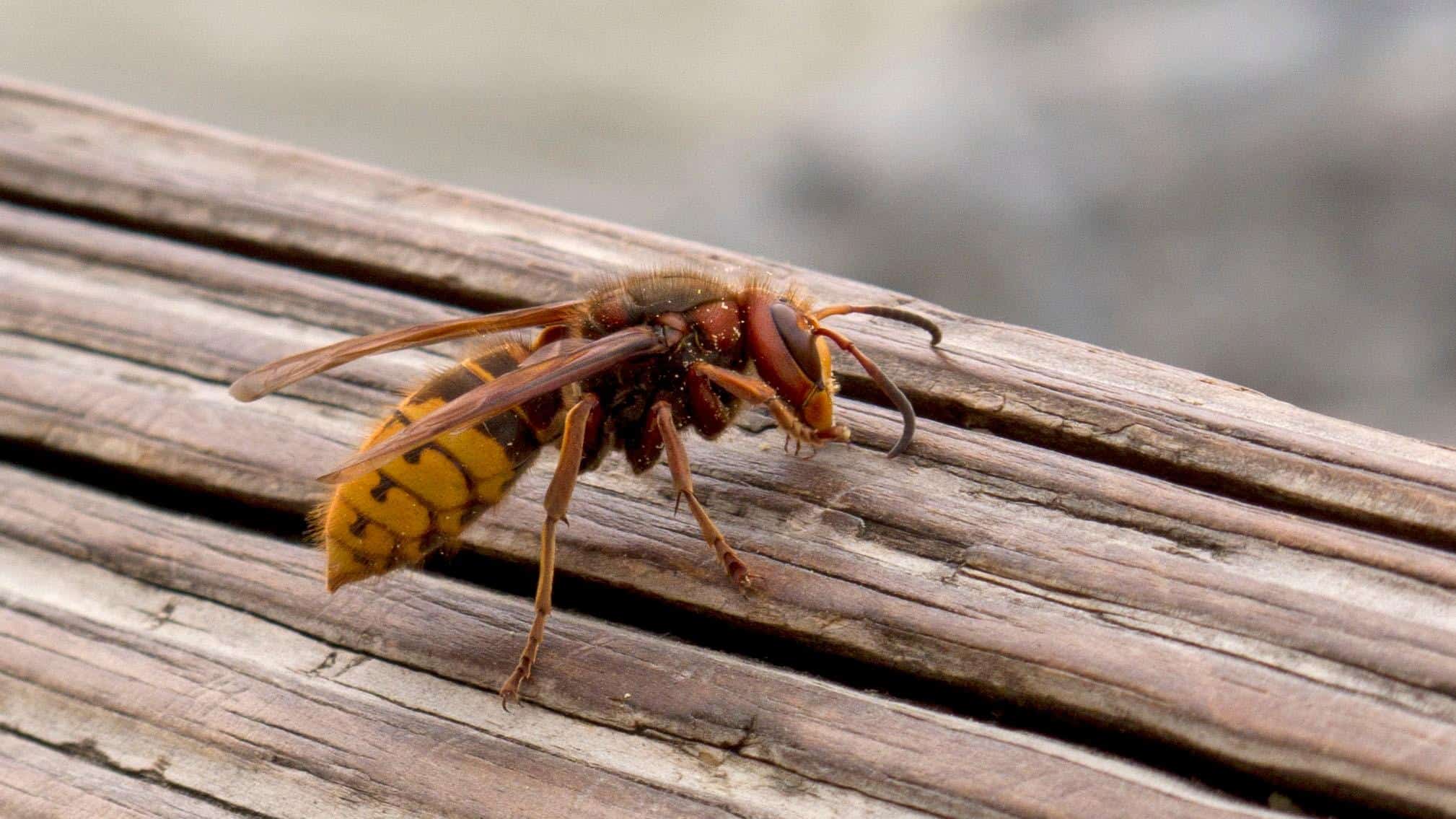
Image Credit: extension
Stinging insects come in many forms. While they are necessary for our ecosystems, you don’t want them in your home and you most definitely don’t want wasps or hornets building a nest in your home. They often make their nests in attics, eaves, and other sheltered spots.
Stinging insects can damage the structure of your home, their stings cause physical pain, and cause potentially life-threatening allergic reactions. Yellow jackets and hornets tend to be the most aggressive species but paper wasps will also be fierce when defending their nest and sting you multiple times.
5. Cockroaches

Image Credit: starcitypestcontrol
Cockroaches are common pests in Massachusetts and the most likely cockroach species to find in your home are the American cockroach, German cockroach, and Oriental cockroach. These roaches are also common in the rest of the United States.
Cockroaches have been linked to allergies and asthma triggered by their excrement and shed skin. However, the real problem with cockroaches is that they carry pathogens and bacteria such as dysentery, gastroenteritis, salmonellosis, and E.Coli.
6. Mosquitoes
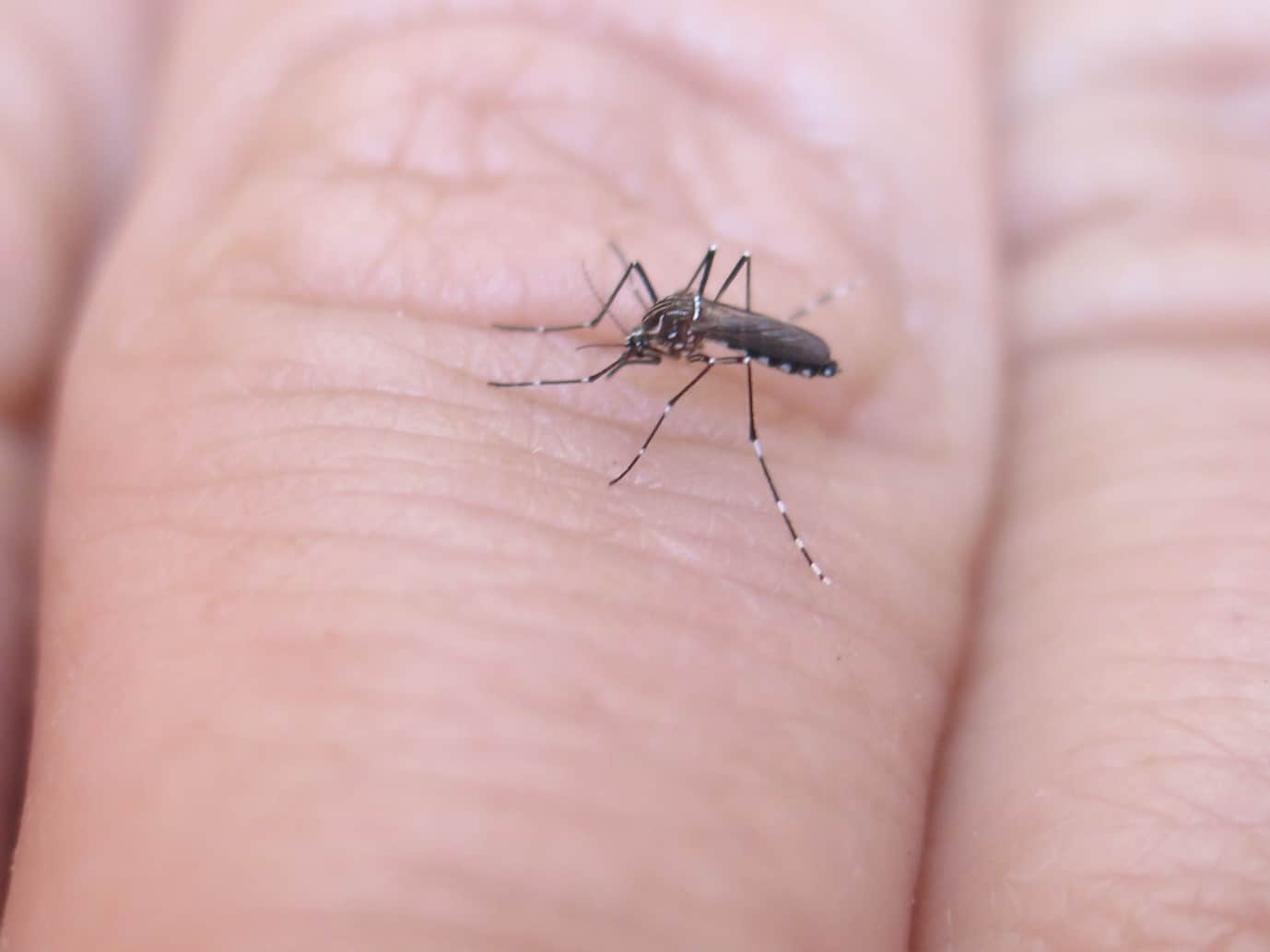
Image Credit: iaea
Out of the roughly 3,000 mosquito species in the world, 51 are found in Massachusetts. They start to appear in the spring as the weather warms up. You are especially like to suffer from mosquito infestations if you live near stagnant water sources where the female mosquitoes lay their eggs.
Mosquitoes will bite you and suck your blood leaving you with itchy bites. Some mosquitoes can also spread infections and dangerous diseases. While tiny, mosquitoes are responsible for killing more people than any other animal.
7. Spiders

The most common spider species in Massachusetts are house spiders, wolf spiders, and daddy long legs. None of these spiders present a danger to humans and can be useful to have around your house since they can control other pests.
However, many people are creeped out by spiders and do not want them in their homes. The spiders in Massachusetts usually enter your home for two reasons: food and shelter. They prefer to nest under furniture and near walls and corners.
How to Deal With Common Massachusetts House Bugs
Because the bugs you may find in your home have different habits, you need to apply different approaches to achieve a pest-free home.
Ant Infestation
Ants are motivated by food and it is the main reason for them to enter your home. To prevent an ant invasion remove food sources. Clean up any food crumbs promptly, store food in airtight containers, or plastic bags, and keep your litter bins covered. You can also use sprays the eliminate ants if they have already invaded your home.
Asian Lady Beetles Infestation
If you see one or two Asian lady beetles indoors, the best thing to do is to let them back out. Since they do not breed or lay eggs inside, there is no danger of them suddenly multiplying. However, they can begin to seek shelter indoors in large numbers when the weather cools.
To prevent this, before the fall when they start to move indoors, carry out an inspection of your home for cracks and crevices. Seal any spaces around your windows, doors, roofs, and baseboards. Also, check other entry points the Asian lady beetles could use, for example, where your pipes and wires run from indoors to outside.
Bed Bug Infestation
To prevent bed bug problems and stop them from infesting your bed, you can use box springs and protective mattress covers. Check places bed bugs like to hide such as seams of mattresses and upholstery regularly and vacuum frequently. Use the crevice attachment of your vacuum cleaner to access hard-to-reach places.
Bee, Wasp, and Hornet Infestations
While it is to deal with a single stinging insect that has got lost and found itself inside your home, dealing with a nest is a different matter. Depending on the location of the nest you may be able to get rid of it yourself using insecticidal dust or pesticide spray. Alternatively, get a professional exterminator to get rid of it for you.
Cockroach Infestation
Like ants, cockroaches are attracted to food sources in your home. Even the smallest of crumbs can bring these pests into your home so remove all food as well as water sources such as leaky pipes. If the cockroach infestation is bad, it is best to get a pest control professional to get rid of them.
Mosquito Infestation
The first thing to do to prevent swarms of mosquitoes around your home is to remove any stagnant water sources nearby where the females lay their eggs. For example, check your gutters for clogs and flat roofs for any collected water. You can also get natural or electronic mosquito repellents that use scents to keep them away.
Spider Infestation
Spiders will usually enter your home to seek food so if you have spotted lots of spiders in your home, it could be a sign you have an issue with another bug, too. Dealing with other bug problems is likely to reduce the number of spiders in your home.
Other than dealing with the spiders’ food source, you can seal holes and cracks the spiders can use to enter your home. You can also caulk around any fixtures and cables that connect the indoors with the outdoors. Cleaning regularly and keeping your home clutter-free also work as they will make the environment less appealing to spiders.
Conclusion
With such a wide variety of bugs found in Massachusetts, how you deal with them depends on the type of bug, the situation, and the level of threat they pose to people or property and belongings. Not all bugs are dangerous or cause damage to your home and it may be better to try to repel them out of your home naturally rather than kill them.
However, some types of insect infestation require quick action as some bugs can cause structural damage and others can be dangerous to people and pets. While you can sometimes handle the situation yourself, other times pest management is best left to a pest control company.
